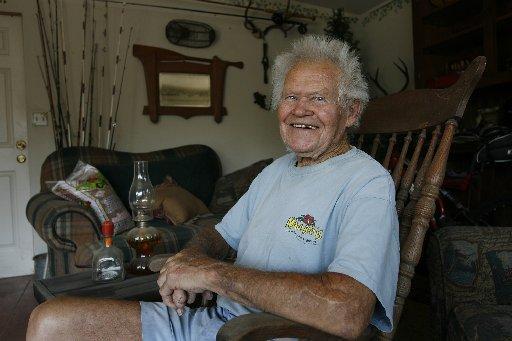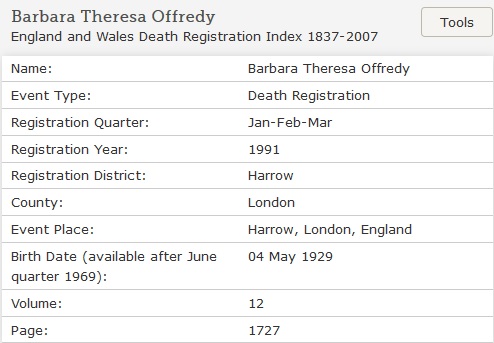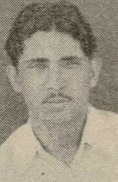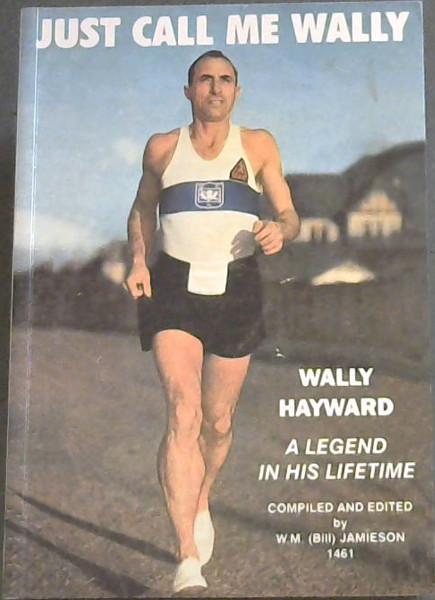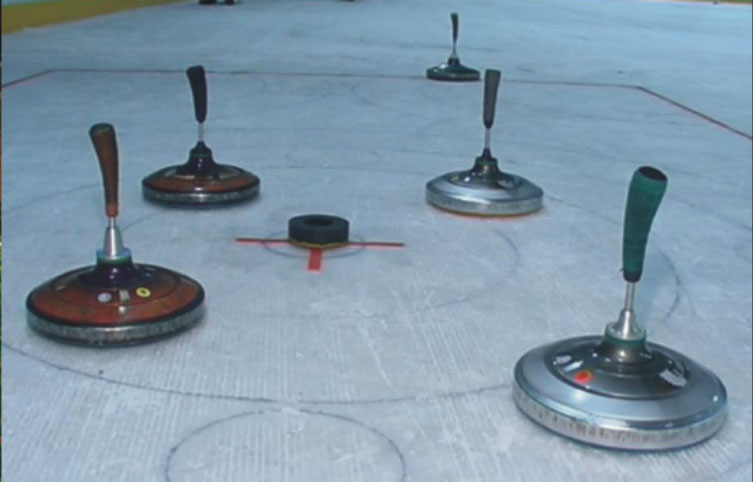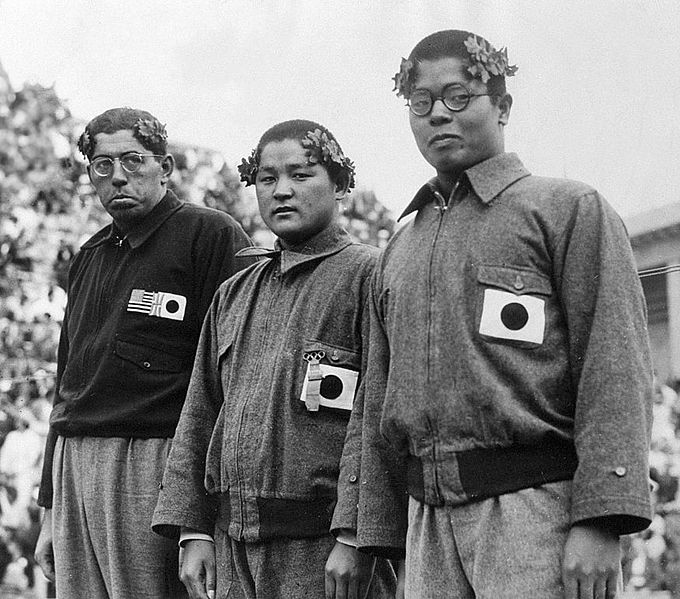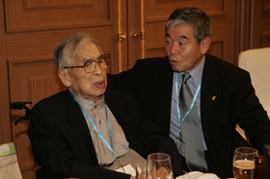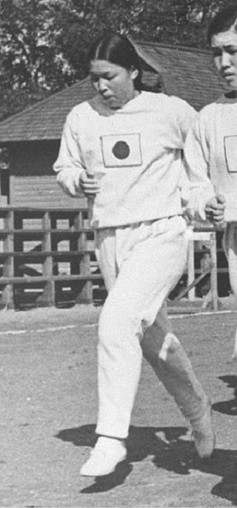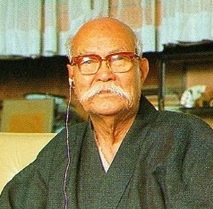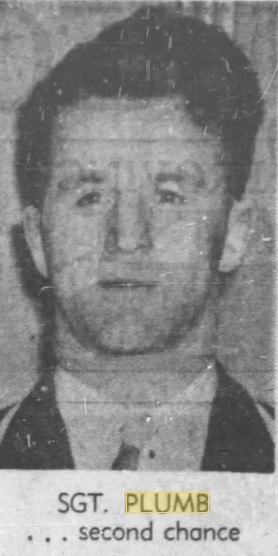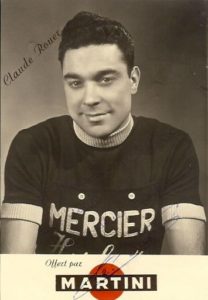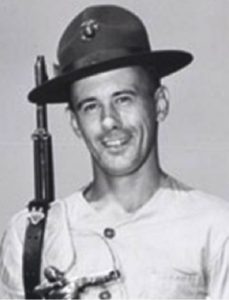With another new year upon us, we here at Oldest Olympians felt that it was time to review those Olympians whose last confirmation of being alive is the furthest away; in this case, three individuals who were last verified living in 2009, or over 10 years ago. Should no updated confirmation be forthcoming, we would have to remove them from our main table, and thus we decided it was best to dedicate another blog entry to them in the hopes of uncovering whether or not they are still with us.
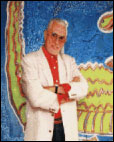
(Gustavo Olguín pictured at the Sociedad Mexicana de Autores de las Artes Plástica)
Gustavo Olguín – Member of the Mexican water polo squad at the 1952 Helsinki Olympics
We have actually covered Gustavo Olguín, born April 14, 1925, in detail here on Oldest Olympians before, because we believe him to be the oldest living Mexican Olympian. Gustavo and two of his brothers represented their country in water polo at the 1952 Helsinki Games, but Mexico had the bad lack of being drawn against the upcoming Olympic champions from Hungary in the qualifying round and were thus eliminated. The holder of a visual arts degree from UCLA, Gustavo undertook a career in the arts, specializing in painting and engraving, and had his works exhibited around the world. He also had a reputation as a plant collector. Searching the internet suggests that he is still alive, but the last definite confirmation that we had comes from 2009. Unfortunately, without a later update, we will have to remove him from our lists and identify a new oldest living Mexican Olympian. We did find a website with contact information for him, but it was over 10 years old and thus we were unable to get a response.
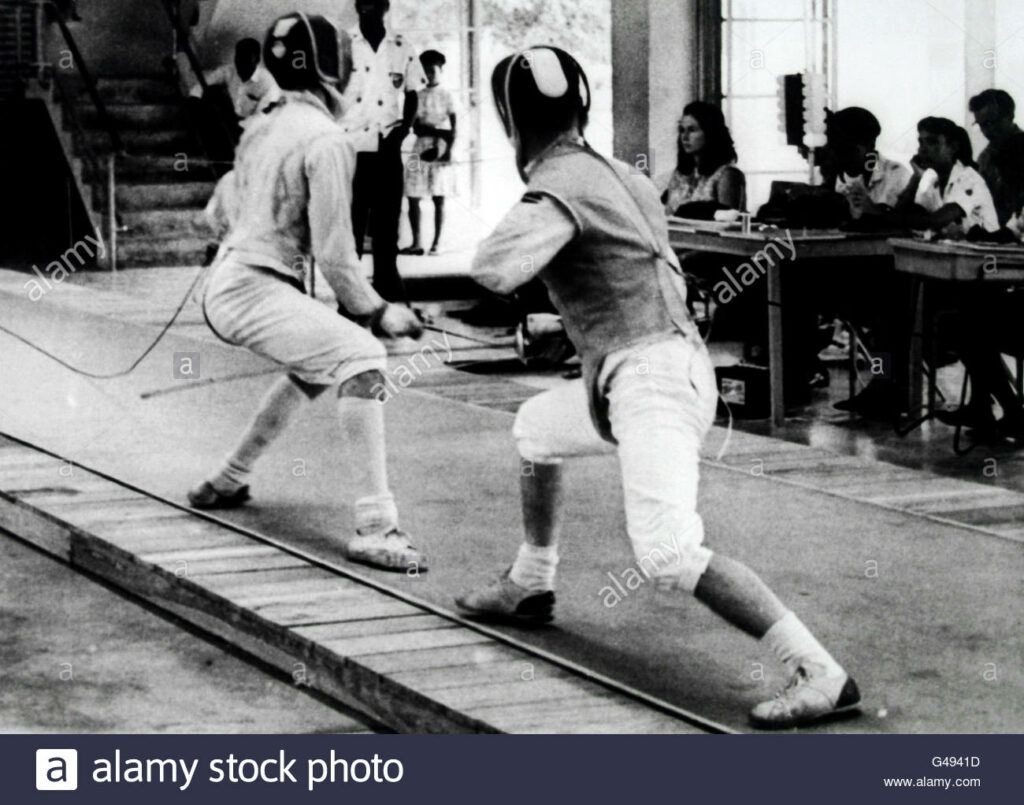
(Brian Pickworth pictured on the right at the 1966 British Empire and Commonwealth Games)
Brian Pickworth – New Zealand’s lone fencer at the 1960 Rome Olympics
Brian Pickworth, born August 10, 1929, represented New Zealand in all three fencing disciplines at the 1960 Rome Games, being eliminated in the first round of the foil and sabre competitions and the second round of the épée tournament. He had more luck at the 1962 British Empire and Commonwealth Games, winning bronze in the team sabre, and also competed at the 1958, 1966, and 1970 editions of that tournament. Perhaps the most interesting fact, however, is that he accomplished all of this after losing his left arm above the elbow to a shooting accident at the age of 21, which derailed his rugby career. We located some evidence that he was still alive in 2009, and his name is not found in the New Zealand Death Index, so we presume that he is still alive, but have been unable to find any confirmation.
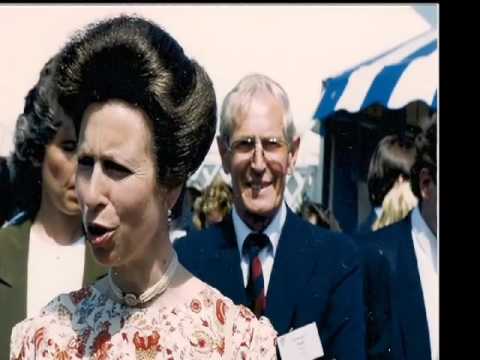
Norman Shutt – Representative for Great Britain in biathlon and cross-country skiing at the 1960 Squaw Valley Olympics
Norman Shutt, born November 9, 1929, represented Great Britain in both biathlon and cross-country skiing at the 1960 Squaw Valley Games. In the former sport, he was 30th in the 20 km competition, while in the latter he was 52nd in the 15 km. By career, he was a police officer. His family posted a tribute to his 80th birthday back in 2009, but we have been unable to confirm whether or not he reached his 90th birthday a decade later.
Unfortunately, our blog entry on the same topic last year did not raise any new leads, and we had to remove South African track athlete Edna Maskell, Israeli diver Yoav Ra’anan, and Luxembourg kayaker Léon Roth from our lists. We hope for better luck with our latest featured Olympians!
